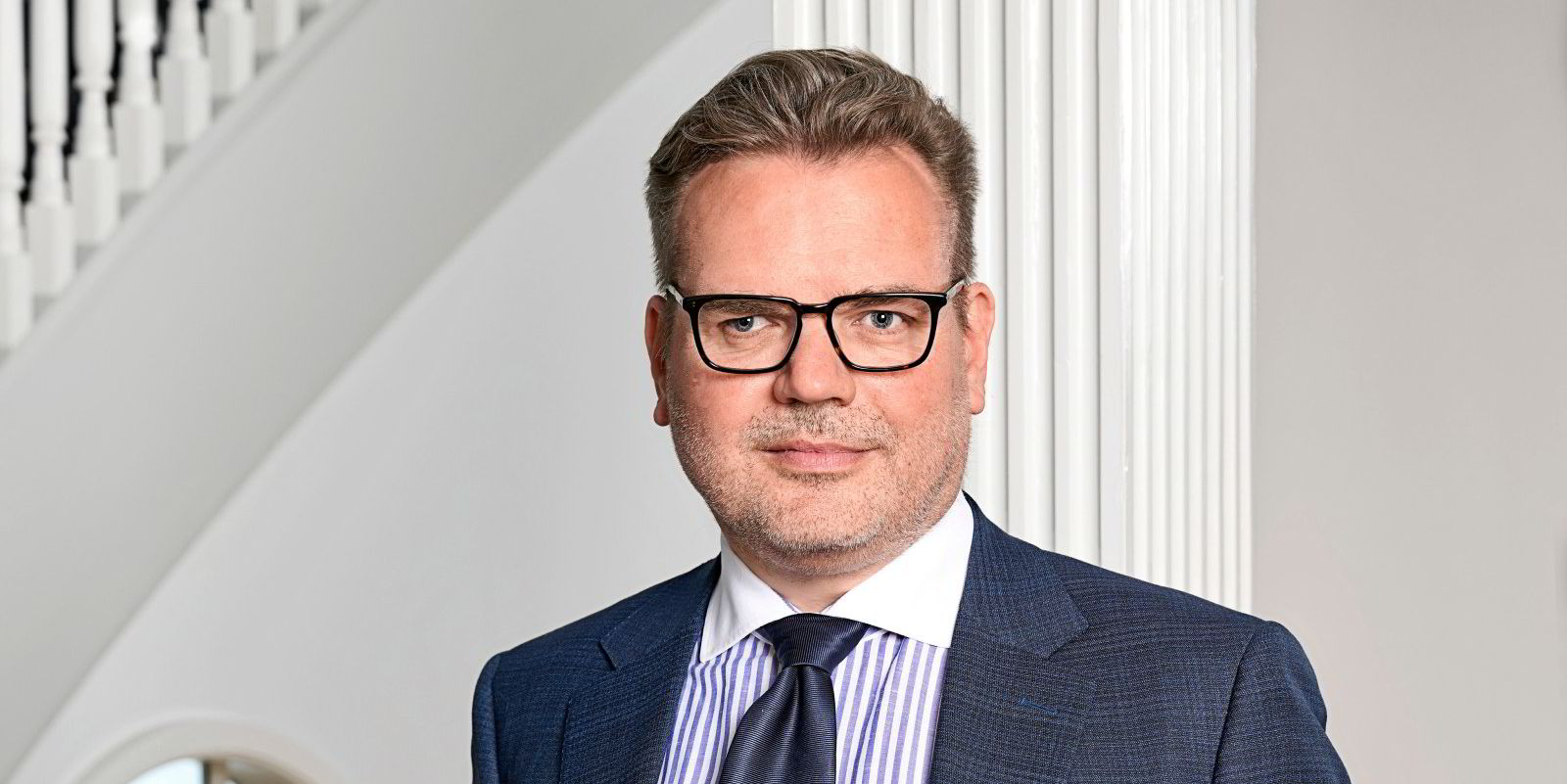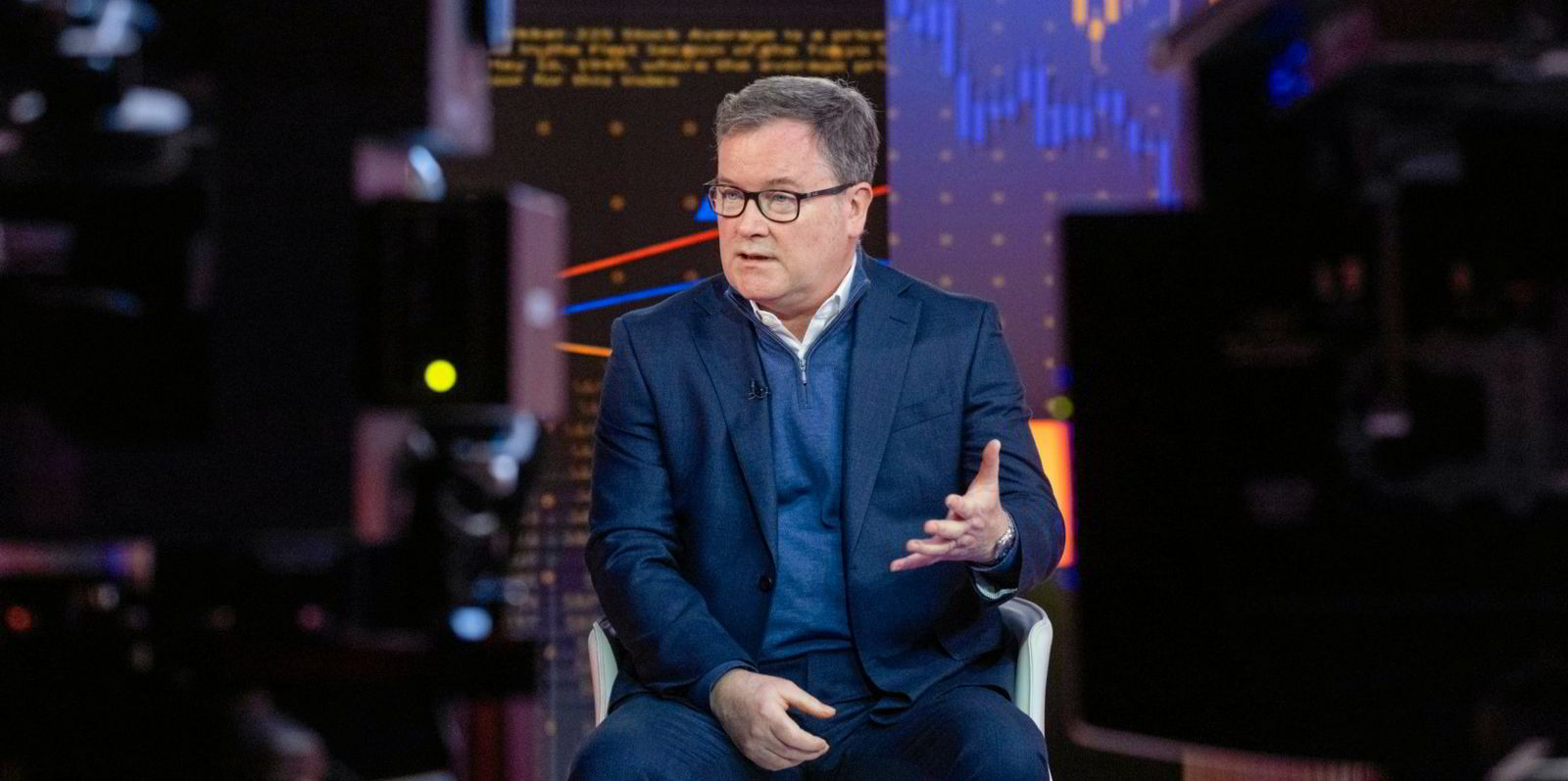The share of the world fleet operating with scrubbers is set to rise despite a big drop in the number of retrofits.
Shipyards carried out 399 exhaust gas cleaning system installations last year, down 24% from 2021, as owners opted to keep ships in service with rates high.
Shipowners’ organisation Bimco calculates that 13% of bulkers, tankers and container ships now operate with scrubbers.
“Despite the slowing rate of installations, the share of ships with a scrubber is set to increase in coming years, as 17% of ships in the shipyards’ orderbooks are expected to have a scrubber installed,” said chief shipping analyst Niels Rasmussen.
Since 1 January 2020, ships have had to use ultra or low-sulphur fuel oil (ULSFO or VLSFO) to comply with limits for sulphur emissions.
But they can continue to use cheaper high-sulphur fuel oil (HSFO) with an exhaust gas cleaner.
The price differential has been high in recent months, meaning scrubber-fitted ships are making much more money than those without.
But Rasmussen believes that over the last three years, the price premium for VLSFO has turned out to be less than initially estimated.
On 31 December 2019, the day before the new International Maritime Organization regulation was implemented, VLSFO cost $149 per tonne more than HSFO in six of the world’s largest bunkering ports.
Owners discouraged?
Since then, the premium has averaged $149 per tonne, but has been as low as $50 for an extended period during 2020 and as high as $400 in June and July last year.
“The higher the VLSFO premium, the more attractive the investment in a scrubber is because the payback period is shorter.
“The lower-than-expected VLSFO premium has likely discouraged owners from installing scrubbers, particularly on smaller ships with lower bunker consumption and lower savings as a result,” added Rasmussen.
He said the size of the average scrubber-fitted bulker, boxship and tanker is 140,845 dwt.
Those without are on average 51,743 dwt.
The 13% of this fleet with scrubbers thus translates into 29% of the dwt capacity.
Crude tankers have the highest installation at 32% of the ships and 38% of the capacity.
“In the long term, the use of scrubbers to cut sulphur emissions may reduce as decarbonisation efforts will increase the use of alternative fuels that are sulphur compliant,” said Rasmussen.





